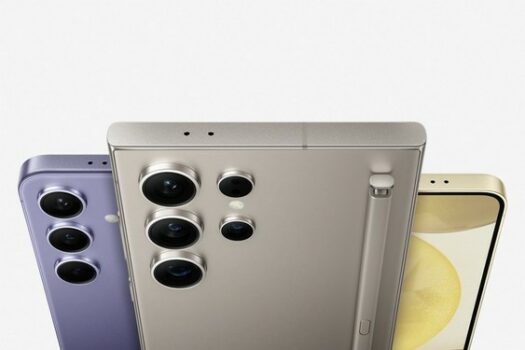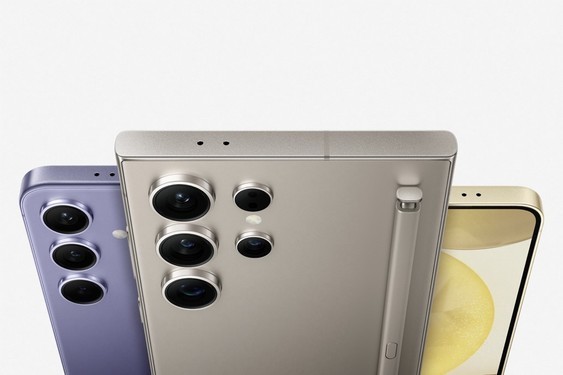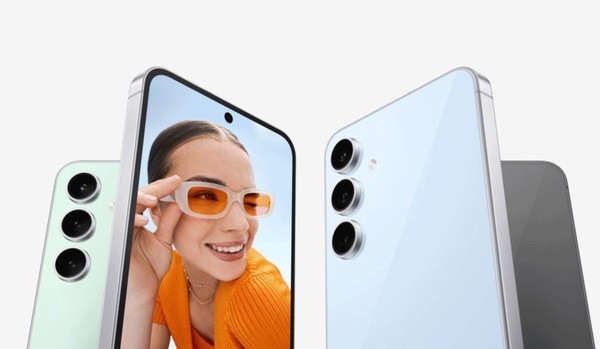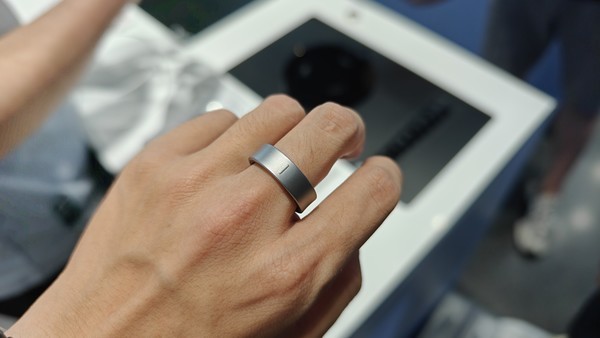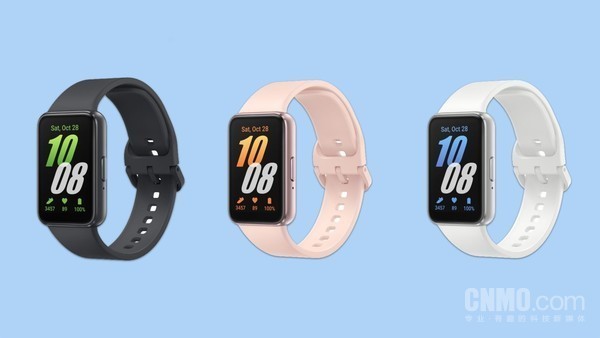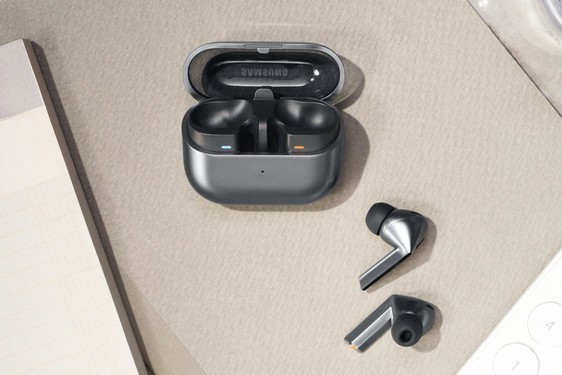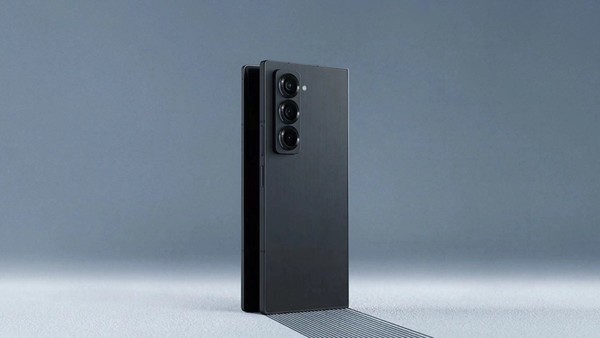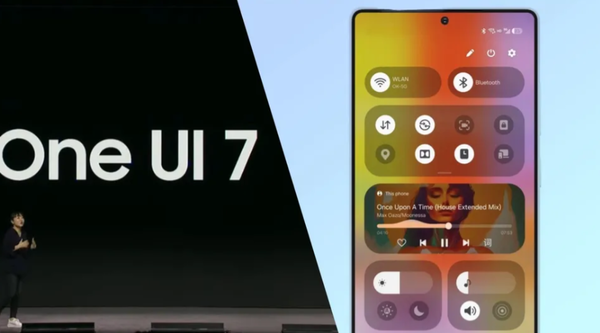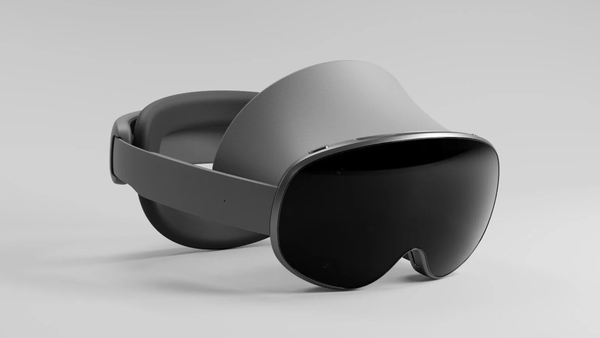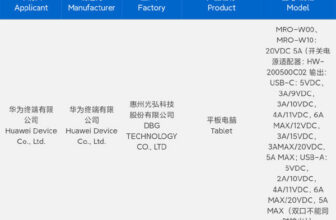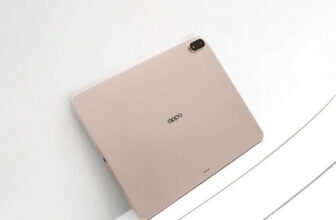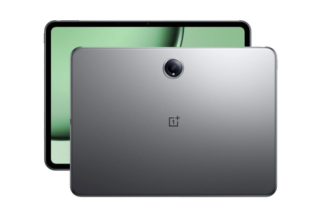As 2024 draws to a close, Samsung has once again proven itself as a dominant force in the technology sector. This year marked significant milestones for the company, with groundbreaking innovations spanning across smartphones, wearables, smart home technology, and artificial intelligence (AI). Samsung’s bold strides in AI integration, foldable device advancements, and ecosystem connectivity have further solidified its reputation as a leader in the consumer tech market.
One of the most significant highlights of the year was the introduction of Galaxy AI, an intelligent system that brings a seamless AI-driven experience to Samsung devices. From mobile productivity enhancements to smarter wearables, Samsung has leveraged AI to create a more connected and intuitive digital lifestyle. Let’s take a deep dive into Samsung’s 2024 innovations and how they’ve reshaped the industry.
Galaxy AI: The Heart of Samsung’s Smart Ecosystem
Samsung made history in 2024 by launching Galaxy AI, a comprehensive AI-powered ecosystem that redefines the way users interact with their devices. Initially introduced with the Galaxy S24 series, Galaxy AI enhances usability by enabling real-time language translation, personalized content recommendations, and AI-driven photography enhancements. Unlike conventional AI implementations, Galaxy AI seamlessly integrates into Samsung’s hardware, offering a more efficient and intuitive experience.
Samsung’s AI technology extends beyond smartphones. Smart TVs, tablets, and even wearables now come equipped with AI-driven functionalities. Features such as voice recognition, real-time transcription, and AI-assisted multitasking have become standard across the Galaxy lineup, allowing users to experience a level of efficiency previously unseen in consumer electronics.
Samsung Galaxy S24 Series: A Leap Forward in AI-Powered Smartphones
The Samsung Galaxy S24 series set a new standard for flagship smartphones, debuting with Galaxy AI at its core. With a powerful Exynos 2400 processor (or Snapdragon 8 Gen 3 for select markets), the S24 lineup delivered enhanced AI capabilities for photography, voice recognition, and smart productivity tools.
One of the most impressive AI-driven features was the ProVisual Engine, which significantly improved low-light photography, enhanced real-time object recognition, and optimized video stabilization. Samsung’s AI-powered Live Translate made seamless multilingual communication possible, allowing users to engage in real-time voice and text translations without needing third-party apps.
Additionally, Samsung committed to seven years of firmware and security updates, ensuring longevity and reliability for its flagship devices. This extended software support placed Samsung at the forefront of sustainability and long-term device usability, addressing one of the most significant concerns of smartphone users today.
Exynos 2400 & Qualcomm Partnership: Powering the Next Generation
Samsung’s Exynos 2400 chipset saw a massive overhaul in 2024, boasting a 10-core CPU, RDNA 3-based GPU, and advanced power efficiency optimizations. While previous Exynos chips faced criticism, Samsung’s latest iteration delivered a flagship experience comparable to Qualcomm’s Snapdragon 8 Gen 3, which was used in the Galaxy S24 Ultra.
Moreover, Samsung strengthened its partnership with Qualcomm, ensuring that future Galaxy devices benefit from 5G advancements, enhanced AI processing, and improved energy efficiency. This collaboration is expected to play a pivotal role in Samsung’s AI-driven ecosystem for years to come.
Samsung Galaxy Z Fold Special Edition
Galaxy Ring & the Evolution of Smart Wearables
Samsung entered the smart ring market in 2024 with the introduction of the Galaxy Ring, a compact yet powerful device focused on health and fitness tracking. Designed to complement the Galaxy Watch series, the Galaxy Ring offers features like continuous heart rate monitoring, sleep tracking, and stress analysis.
In addition to the Galaxy Ring, Samsung expanded its wearable lineup with the Galaxy Fit 3 and the Galaxy Watch FE. These devices catered to different market segments, making Samsung’s health-tracking technology more accessible than ever. The high-end Galaxy Watch Ultra also made its debut, offering rugged durability, extended battery life, and advanced sports-tracking features, positioning itself as a direct competitor to the Apple Watch Ultra.
Foldables & Tablets: Expanding the Galaxy Experience
Samsung continued its dominance in the foldable smartphone market with the release of the Galaxy Z Fold Special Edition and improvements to the Galaxy Z Flip series. These foldables featured refined hinge mechanisms, improved durability, and brighter, more efficient displays.
Beyond smartphones, Samsung made notable advancements in the tablet segment. The Galaxy Tab S9 FE and S9 Ultra catered to both casual users and professionals, while Samsung’s introduction of MediaTek-powered Galaxy Tab A models provided budget-friendly alternatives. The integration of AI-powered multitasking and Samsung DeX enhancements made Galaxy tablets a compelling choice for productivity-focused users.
One UI 7.0 & SmartThings Integration: A More Connected Ecosystem
Samsung rolled out One UI 7.0, introducing one of the most significant UI upgrades in years. This iteration focused on refining user experience, enhancing privacy controls, and boosting AI-driven automation across all Galaxy devices.
Samsung’s SmartThings platform also saw significant upgrades, reinforcing the company’s commitment to creating a fully integrated smart home experience. SmartThings now seamlessly connects Samsung’s smart TVs, appliances, and mobile devices, allowing users to control their home environments with greater ease. Whether it’s automating home security, adjusting smart lighting, or managing energy consumption, Samsung’s ecosystem is now more intelligent and responsive than ever.
XR & the Future of Extended Reality
Samsung made significant investments in Extended Reality (XR), signaling a major push into the metaverse and mixed reality space. With the company rumored to be working on an XR headset in collaboration with Google and Qualcomm, expectations are high for Samsung’s next big leap into the spatial computing era.
As augmented reality (AR) and virtual reality (VR) continue to evolve, Samsung’s integration of AI-driven gesture recognition, voice control, and immersive content experiences is expected to redefine how users interact with digital environments.
Looking Ahead: Samsung’s Vision for 2025 and Beyond
With Galaxy AI leading the charge, Samsung’s 2024 innovations have set the stage for the future. The company’s long-term focus on AI, extended reality, and smart home integration points to a continued emphasis on creating a seamless, intelligent digital lifestyle.
As we move into 2025, Samsung’s advancements in AI-powered computing, extended software support, and sustainable technology will shape the next chapter of consumer electronics. From smartphones and wearables to home automation and XR experiences, Samsung remains at the forefront of innovation, redefining what’s possible in the digital age.
